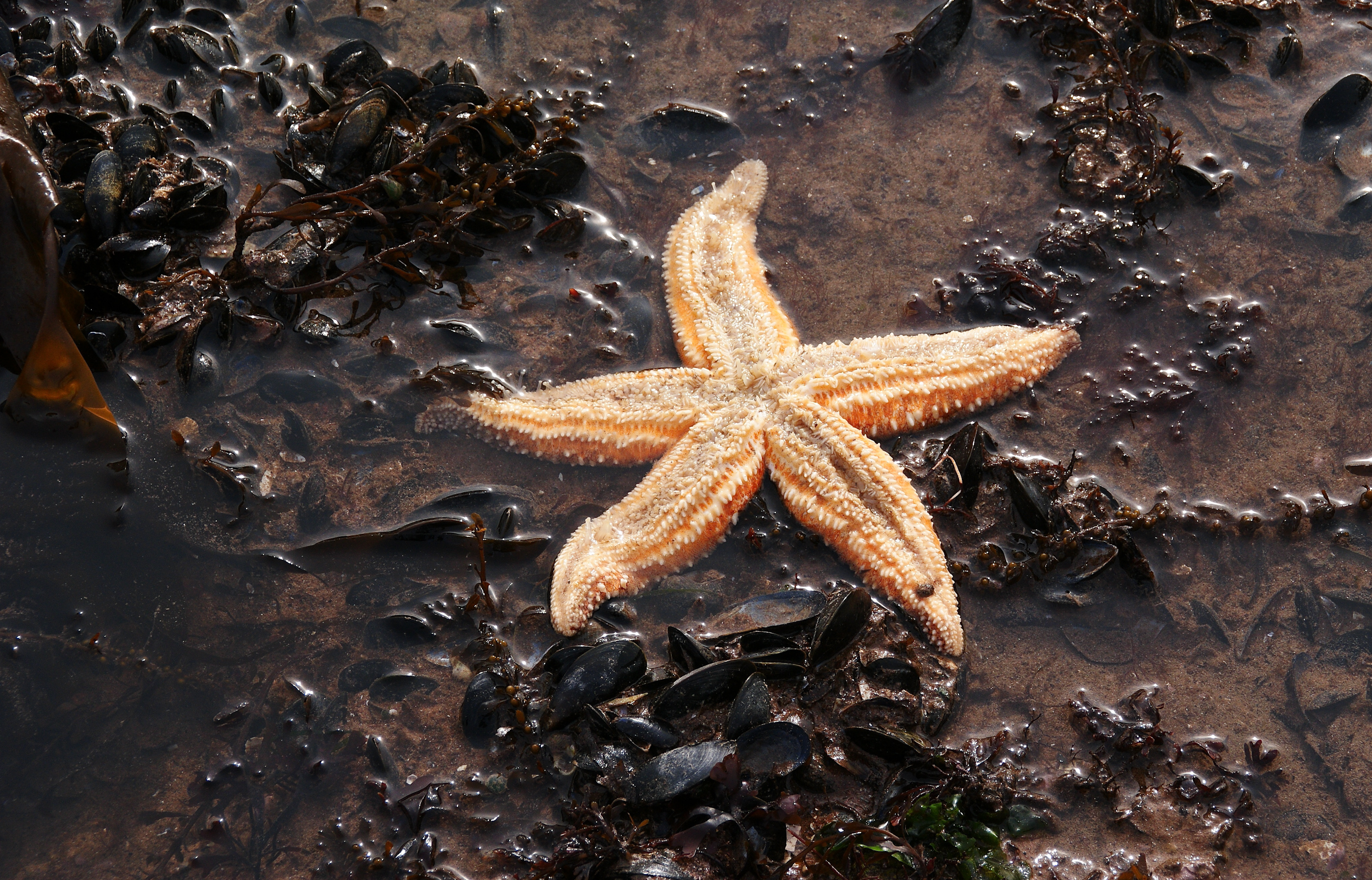10 Animals That Can Clone Themselves Naturally
In the vast tapestry of life on Earth, few phenomena capture the imagination quite like the natural ability of some organisms to clone themselves. This remarkable process, known as asexual reproduction, allows certain animals to produce genetically identical copies without the need for a mate. The concept of cloning, often relegated to the realm of science fiction, is a daily reality for these extraordinary creatures. This article delves into the lives and capabilities of 10 such animals, each with its unique method of self-replication. By exploring these natural wonders, we gain insight not only into the marvels of evolution but also into the complex mechanisms that sustain biodiversity on our planet.
1. The Starfish: Regeneration and Reproduction

Starfish, or sea stars, are perhaps the most iconic examples of self-cloning in the animal kingdom. These echinoderms possess the incredible ability to regenerate lost body parts, a skill that extends to asexual reproduction. When a starfish loses an arm, not only can it regrow the limb, but the severed arm can also develop into a completely new starfish if it contains part of the central disc. This regenerative process is a testament to the resilience and adaptability of starfish, allowing them to thrive in diverse marine environments. The cellular mechanisms behind this regeneration involve complex signaling pathways and stem cell activity, making starfish a subject of interest in regenerative medicine research.